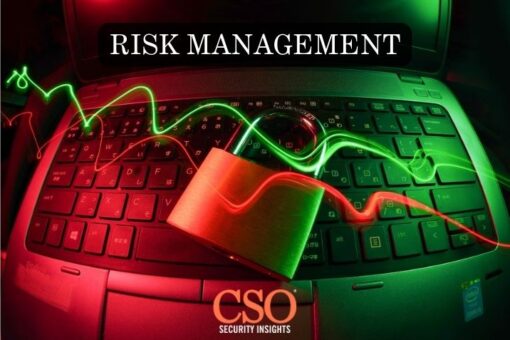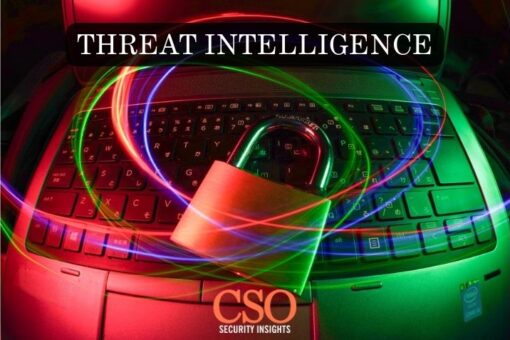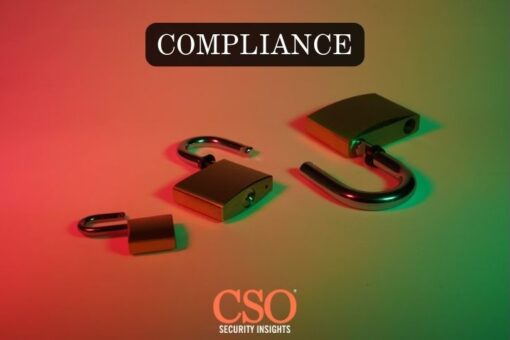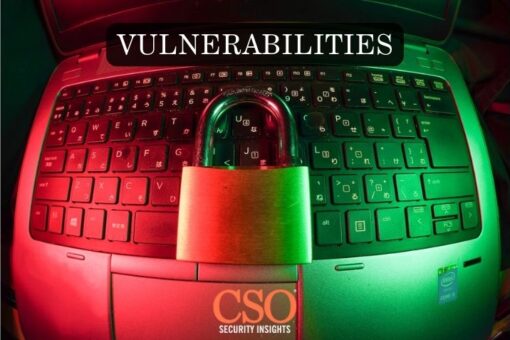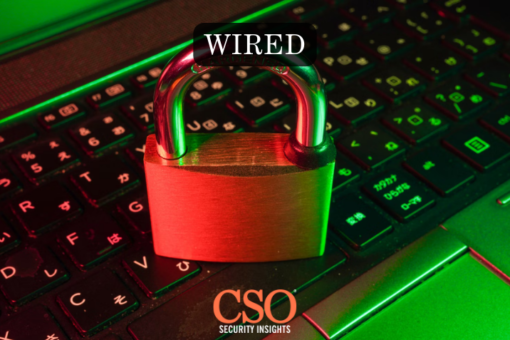In today’s digital age, where cybersecurity threats loom larger and more complex than ever, organizations are compelled to re-evaluate and strengthen their cyber defense mechanisms continuously. The landscape of cybersecurity is a dynamic one, necessitating a multifaceted approach that encompasses not only the technological aspects but also the human, operational, and strategic dimensions.
This realization brings to the forefront four critical areas of focus: Building A Human Firewall, Fostering Communication and Collaboration, Managing Third-Party Risks, and Adopting A Continuous Improvement Approach to Cybersecurity.
Empowering employees to combat cyber threats involves transforming them into a robust human firewall, a first line of defense against cyber attacks. It’s about fostering an organizational culture where communication is open, and collaboration is encouraged, ensuring that cybersecurity is a shared responsibility. The complexity of managing third-party risks highlights the interconnected nature of today’s business ecosystems, necessitating stringent oversight and collaboration beyond organizational boundaries. Lastly, the essence of cybersecurity today is encapsulated in the continuous improvement approach, where metrics, vigilance, and adaptability play pivotal roles in navigating the cyber landscape.
These pillars, discussed in depth during the C-Suite session at CyberSecTober, underscore the multifaceted strategy organizations must employ to safeguard against the evolving cyber threats of the 21st century.
Building a Human Firewall: Empowering Employees to Combat Cyber Threats
In today’s digital age, where cybersecurity threats loom large over organizations of every size and sector, the concept of building a human firewall has never been more critical. As emphasized by Atyab Tahir, (Country Head – MasterCard), cybersecurity awareness must permeate all levels of an organization, transforming every employee into a vigilant guardian against potential cyber threats. This notion extends beyond mere protocol adherence, fostering a culture where cybersecurity is viewed as a shared responsibility. Aamir Mateen, COO of Chase Value, underscored the importance of continuous education and training, highlighting how knowledge and vigilance among employees are pivotal in combating cyber threats. By implementing interactive learning experiences such as phishing simulations, organizations can significantly enhance their defense mechanisms. These initiatives not only equip employees with the necessary tools to identify and react to potential security breaches but also contribute to the creation of an environment where cybersecurity is part of the organizational DNA.
The role of leadership in cultivating a robust human firewall cannot be overstated. Leaders like Syed Aizaz Zaidi, the CRO at Mobilink, advocate for a top-down approach to cybersecurity, where executives lead by example in prioritizing and communicating the importance of cybersecurity measures. This approach ensures that cybersecurity is not siloed as a technical issue but integrated into the core operational ethos of the company.
Furthermore, Salman Hameed, CFO at BlueEx, illustrates how integrating cybersecurity awareness into the company’s values and operations enhances overall security posture.
Through a combination of strategic leadership, comprehensive training, and a culture of continuous vigilance, organizations can effectively empower their employees to act as a dynamic human firewall. This holistic approach not only mitigates the risk of cyber threats but also embeds a resilient cybersecurity mindset throughout the organization, ensuring that the human element of cybersecurity becomes its strongest asset.
Communication is Key: Fostering Openness and Collaboration in Cybersecurity
Fostering openness and collaboration in cybersecurity emerges as a crucial strategy in the face of evolving digital threats, a theme echoed by the distinguished panelists of CyberSecTober. The essence of creating a transparent security culture within organizations cannot be overstated, highlighting the imperative for cybersecurity to be a boardroom conversation, underscoring that it’s not just the purview of the IT department but a shared responsibility across all levels.
This shift towards a more inclusive approach to cybersecurity management encourages a dialogue that transcends traditional silos, fostering an environment where employees at all levels are empowered to contribute to the cybersecurity conversation. Such an environment is not only conducive to identifying potential threats more efficiently but also cultivates a sense of collective responsibility toward organizational security.
Moreover, the role of internal communication platforms is pivotal in maintaining an ongoing discourse on cybersecurity matters, enabling a culture where reporting potential threats is encouraged rather than penalized. The discussions from the panel highlighted the necessity for organizations to adopt collaborative security decision-making processes.
This collaborative approach ensures that cybersecurity strategies are not developed in isolation but are the result of a comprehensive dialogue that includes diverse perspectives within the organization. It emphasizes the significance of openness and collaboration, not just as a theoretical concept but as a practical, actionable strategy that enhances the overall cybersecurity posture of organizations. Through fostering an open and collaborative environment, companies can better navigate the complexities of cybersecurity in the digital age, ensuring that they are not only prepared to respond to threats but are proactively working together to anticipate and mitigate them before they can have a detrimental impact.
Beyond Your Network: Managing Third-Party Risks in the Cybersecurity Age
With higher- than-ever third party engagements, managing risks has become a paramount concern for organizations navigating the complexities of digital ecosystems and supply chains. The discourse among the C-Suite at CyberSecTober underscored this reality, pointing to a heightened awareness and strategic approach towards external partners and vendors whose vulnerabilities could directly impact an organization’s security posture. A key insight from the discussions, particularly highlighted by Atyab Tahi and Farqaleet Iqbal emphasized the necessity of integrating robust third-party risk management frameworks into the fabric of organizational security strategies. This involves conducting rigorous due diligence and continuous monitoring of third-party vendors to assess and mitigate risks proactively. Additionally, the conversations shed light on the importance of industry collaborations and information-sharing initiatives as vital tools in the arsenal against third-party risks. Such collaborative efforts not only enhance an organization’s ability to preemptively address potential vulnerabilities but also foster a culture of shared responsibility and collective defense against cyber threats. Furthermore, the dialogue underscored the significance of navigating contractual and compliance considerations meticulously, ensuring that cybersecurity clauses are integral to agreements with vendors and partners. The panelists’ experiences and strategies resonate with a broader recognition that managing third-party risks is not a peripheral task but a central element of a comprehensive cybersecurity approach. In this age of interconnected digital landscapes, the vigilance and collaborative efforts exemplified by leaders such as Tahir and Iqbal are indispensable in safeguarding organizations against the cascading effects of third-party vulnerabilities, thereby reinforcing the cybersecurity infrastructure from within and beyond organizational boundaries.
Measuring Security, Mitigating Threats: A Continuous Improvement Approach to Cybersecurity
The continuous improvement approach to cybersecurity illuminates the dynamic and ever-evolving nature of cyber threats and the corresponding need for organizations to adapt and respond with agility. Through the insights of individuals in the field of cybersecurity, it becomes evident that establishing effective security metrics and a culture of continuous monitoring and response is fundamental to a robust cybersecurity strategy. These leaders highlighted the importance of quantifiable metrics in cybersecurity, offering a lens through which organizations can measure the effectiveness of their security posture. Metrics, as discussed, not only provide a tangible measure of current security health but also guide strategic decisions and investments in cybersecurity initiatives.
The discourse further delved into the intricacies of risk assessment and management, articulating the necessity for organizations to identify, assess, and prioritize cybersecurity risks in a manner that is both proactive and responsive. Zaidi’s perspective on the role of the Chief Risk Officer in embedding risk management into the corporate culture accentuates the shift towards an integrated approach, where cybersecurity is not siloed but is a collective responsibility across all levels of an organization.
Moreover, the conversation around continuous monitoring and response mechanisms, as brought forth by Tahir, sheds light on the imperative for organizations to deploy advanced tools and techniques that enable the detection of and response to threats in real-time. This not only entails a technical readiness to confront cyber threats but also a strategic foresight to anticipate and mitigate potential vulnerabilities before they are exploited.
At the heart of the continuous improvement approach to cybersecurity is the fostering of a culture that values continuous learning, vigilance, and adaptability. The insights from the CyberSecTober discussions emphasize that cybersecurity is a dynamic battlefield requiring constant attention, iteration, and enhancement of security practices. By promoting a culture that prioritizes cybersecurity as a fundamental aspect of organizational health and success, leaders like Tahir and Zaidi exemplify the proactive stance necessary in today’s digital age. Their experiences and strategies reflect a broader consensus on the need for agility in cybersecurity efforts, ensuring that organizations not only respond to threats with efficiency but also anticipate and neutralize them with strategic acumen. In essence, the continuous improvement approach to cybersecurity, as discussed by these thought leaders, represents a paradigm where organizational resilience is built through a relentless pursuit of security excellence, adapting to the ever-changing cyber threat landscape with innovation and strategic foresight.
Sources:
- https://www.isaca.org/resources/news-and-trends/newsletters/atisaca/2021/volume-39/cybersecurity-a-shared-responsibility
- https://www.dwtc.com/en/industry-insights/why-cybersecurity-is-a-shared-responsibility/
- https://www.dhs.gov/blog/2013/10/18/cybersecurity-shared-responsibility
- https://www.vc3.com/blog/cyber-security-is-a-shared-responsibility


